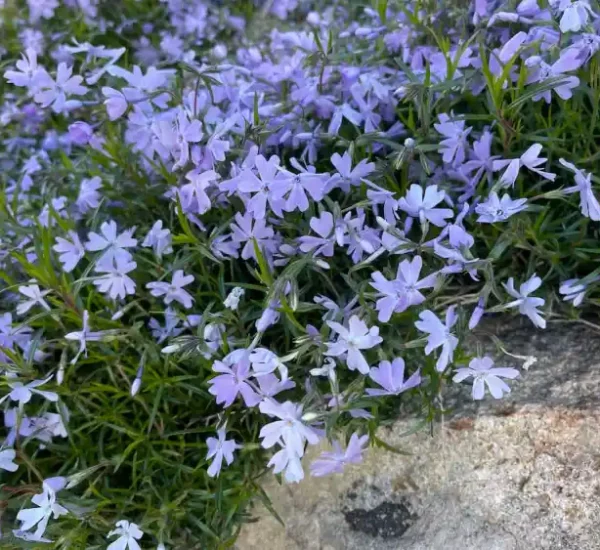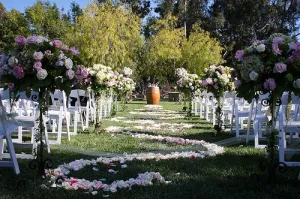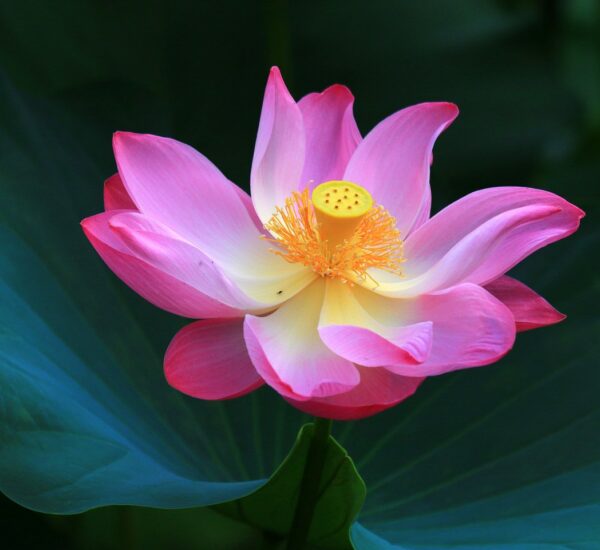Understanding the anatomy of a flower is fundamental to gardening, botany, and horticulture. In this expert guide, we will explore the various parts of a flower, their functions, and their significance in the plant life cycle. Reliable references from government agencies, horticultural bodies, and academic experts will be cited for comprehensive and accurate information.
Table of Contents
Introduction to Flower Anatomy
Essential Parts of a Flower a. Sepals b. Petals c. Stamens d. Pistil
Functions of Each Flower Part
Significance in Reproduction
Variations in Flower Structure
Resources and References
Introduction to Flower Anatomy
Flowers, nature’s exquisite reproductive structures, come in various shapes, sizes, and colors. Understanding the parts of a flower is crucial for plant identification and successful gardening practices.
Essential Parts of a Flower
Sepals
Sepals are the outermost part of a flower, typically green and protective. They enclose the flower in the bud stage and offer support and protection to the delicate inner parts.
Petals
Petals are often the most conspicuous part of the flower, displaying vibrant colors and unique patterns. They attract pollinators with their beauty and scent, aiding in the reproductive process.
Stamens
Stamens are the male reproductive organs of a flower, consisting of anthers and filaments. Anthers produce pollen, which contains male gametes, and filaments provide support to the anthers.
Pistil
The pistil is the female reproductive organ, consisting of the stigma, style, and ovary. The stigma captures pollen, the style connects it to the ovary, and the ovary houses the ovules, which develop into seeds after fertilization.
Functions of Each Flower Part
Understanding the functions of sepals, petals, stamens, and pistils sheds light on their roles in reproduction, pollination, and the plant life cycle.
Significance in Reproduction
Flower parts play a vital role in sexual reproduction. Pollinators transfer pollen from stamens to pistils, leading to fertilization and seed formation, ensuring the plant’s survival and genetic diversity.
Variations in Flower Structure
Different plant species exhibit diverse flower structures, adapted to various pollination methods and environmental conditions. Understanding these variations aids botanists and horticulturists in classification and cultivation practices.
Resources and References
United States Department of Agriculture (USDA): Plant Anatomy
The Royal Horticultural Society (RHS)
What are the main parts of a flower, and how are they classified in terms of reproductive roles?
- The primary parts of a flower include sepals, petals, stamens (male reproductive organs), and the pistil (female reproductive organ).
What are sepals, and what is their function in a flower?
- Sepals are the outermost floral parts that protect the flower bud and provide structural support.
What is the role of petals in a flower, and how do they contribute to the reproductive process?
- Petals are often brightly colored and serve to attract pollinators with their beauty and scent, aiding in pollination.
What are stamens, and what are the two main components of a stamen?
- Stamens are the male reproductive organs of a flower, consisting of anthers (where pollen is produced) and filaments (which support the anthers).
What is the pistil in a flower, and what are its three key components?
- The pistil is the female reproductive organ, consisting of the stigma (captures pollen), style (connects to the ovary), and ovary (houses ovules that become seeds).
How do the sepals and petals differ in appearance and function?
- Sepals are typically green and protective, while petals are often colorful and serve to attract pollinators.
What is the significance of flower parts in sexual reproduction, and how does pollination occur?
- Flower parts play a critical role in sexual reproduction by facilitating pollination, which leads to fertilization and seed development.
Are there variations in flower structure among different plant species, and what factors influence these variations?
- Yes, flower structures vary among plant species, influenced by factors like pollination methods and environmental conditions.
How can I identify different flower parts for plant identification and botany studies?
- Learning the distinguishing features and functions of flower parts is essential for accurate plant identification and botanical studies.
Where can I find additional resources and expert guidance on flower anatomy, classification, and their role in plant reproduction?
- Resources like the United States Department of Agriculture (USDA) and the Royal Horticultural Society (RHS) provide valuable information and expert guidance on flower anatomy and plant reproductive processes.
- Rhode Island’s Favorite THC Infused Beverages - June 5, 2025
- THC Soda and Drink Options in Idaho - May 28, 2025
- Ohio’s Go-To THC Infused Beverages - May 28, 2025




